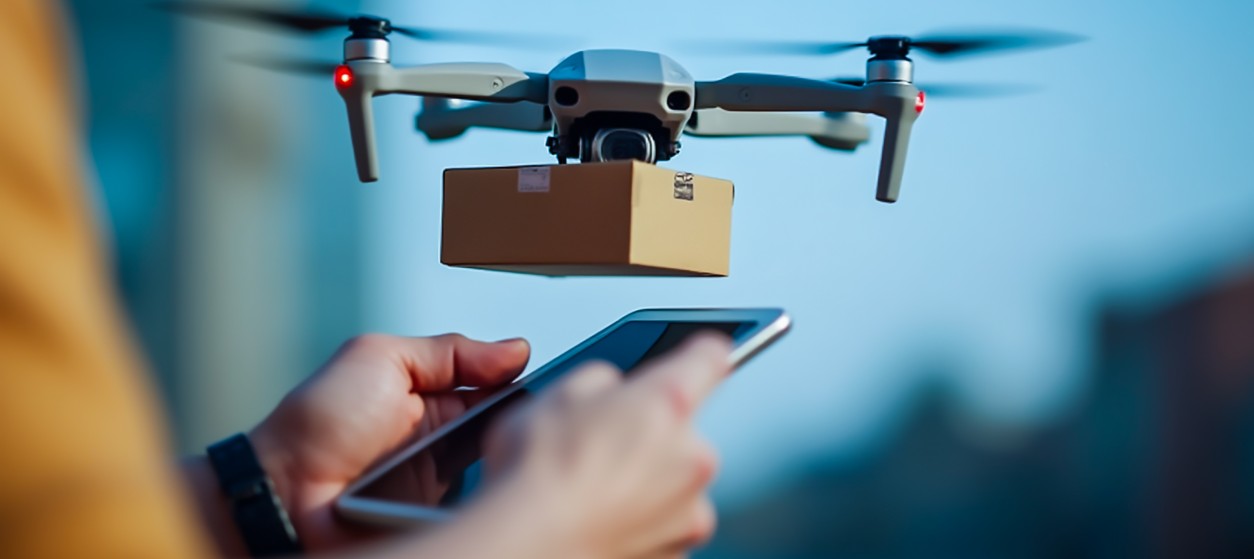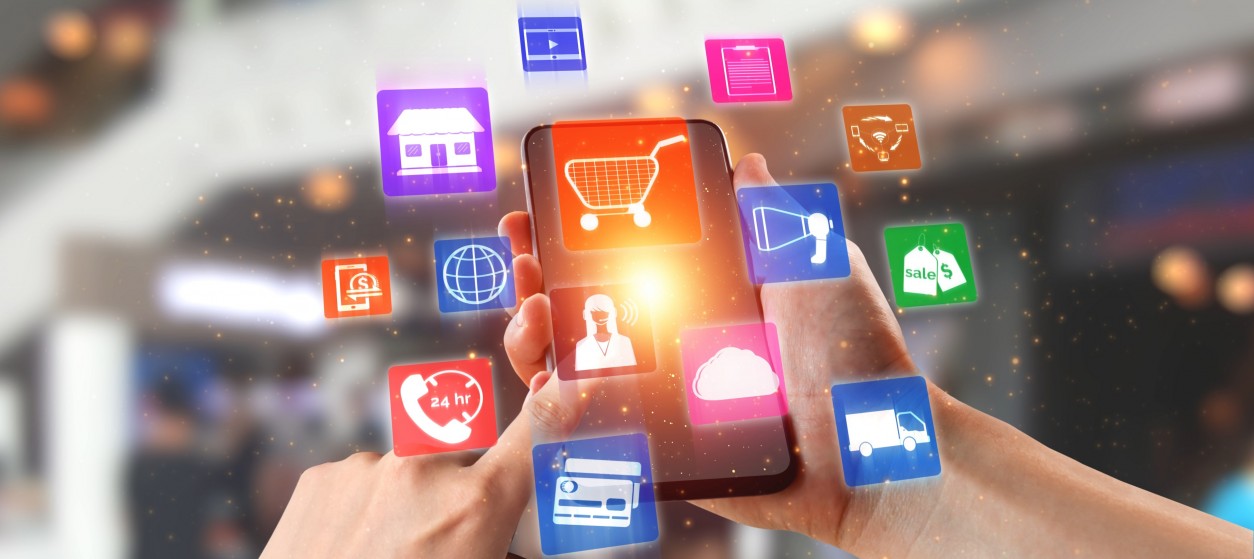When disaster strikes, every second counts. Earthquakes, floods, hurricanes, and wildfires can devastate entire communities, leaving survivors stranded and critical infrastructure in ruins. In these moments of crisis, disaster relief drones are emerging as a salient technology that can provide first responders with the speed, reach, and intelligence needed to save lives and restore hope.
The Evolution of Drone Technology in Crisis Zones
During the last decade, Unmanned Aerial Vehicles (UAVs), commonly known as drones, have rapidly evolved from simple remote-controlled aircraft to more sophisticated AI-powered platforms. Back in the early 2010s drones were primarily used for aerial photography and basic reconnaissance. Today, they are equipped with high-resolution cameras, thermal imaging, LiDAR sensors, and even AI-driven analytics. These elements make them indispensable tools in disaster management.
The evolution of drones as disaster management solutions has been driven by the need for rapid assessment, real-time data, and safe access to hazardous or inaccessible areas. The latest generation of life-saving drone technology is not only faster and more reliable, but also increasingly autonomous. Specifically, it can make decisions and adapting to complex, changing environments.
Using Drones for Disaster Relief
There is a considerable number of drones powered use cases for disaster relief, including:
- Rapid Damage Assessment and Mapping: Following a disaster, it is very important to understand the scale and scope of destruction. To this end, drones can be deployed within minutes to capture high-resolution aerial imagery and create detailed maps and 3D models of affected areas. This data enables emergency managers to prioritize response efforts, allocate resources, and plan safe routes for rescue teams. For instance, in the scope of floods events, drones can provide real-time imagery in order to allowe authorities to assess damage and coordinate search and rescue operations. The latter processes are much more efficiently than conventional ground surveys.
- Search and Rescue Operations: State of the art drones that are equipped with thermal imaging cameras and AI-powered object detection can locate survivors in rubble, dense forests, or flooded areas. The latter are places that are often too dangerous or inaccessible for human rescuers. For instance, drones have been used to deliver defibrillators to cardiac arrest victims in ways that are much faster than waiting an ambulance to arrive. This can indeed save a patient’s life. Likewise, it is possible for stranded individuals to use drones to send an SOS messages, which can lead rescuers directly to their location. The above-listed technologies have enabled teams to find victims up to three minutes faster on average, which is a potentially life-saving margin in the scope of critical situations.
- Delivery of Essential Supplies: Blocked roads and destroyed infrastructure often make it impossible to deliver food, water, and medical supplies using conventional means. Drones can remedy this problem: They can fly over obstacles to deliver aid directly to those in need. For example, after the 2023 earthquake in Japan, cargo drones transported medication to a remote school sheltering displaced residents. This demonstrated the drones’ exceptional ability to reach isolated communities.
- Communication Network Restoration: Disasters are notorious for disrupting communication networks, which hampers coordination among response teams. AI-integrated drones can act as temporary communication relays in ways that restore connectivity for both rescuers and survivors. These drones establish real-time links to share critical information, such as weather updates, resource needs, and evacuation routes. Hence, they can ensure seamless coordination among response units.
- Infrastructure Inspection and Recovery: Drones are essential for inspecting damaged infrastructure (e.g., bridges, power lines, and roads) in ways that do not risk human lives. High-resolution imagery and 3D modeling help engineers assess structural integrity and prioritize repairs. This speeds up the restoration of essential services.
- Disaster Prevention and Preparedness: Beyond immediate response, drones can play a role in disaster prevention and mitigation. In this direction they can map vulnerable areas, monitor environmental changes, and conduct risk assessments, which are essential processes that help authorities develop strategies to reduce the impact of future disasters.
Real-World Life-Saving Use Cases
Drones have been used in the scope of various recent disasters such as the Harvey Hurricane in 2017, the Chennai Floods of 2023 in India, and the Wildfires in California (2018 and 2020). In this scope of these real-life disasters, drones have been to:
- Enable rapid damage assessment, guide rescue teams, and expedite insurance claims.
- Map flood zones, deliver life vests to stranded individuals, and spray chemicals to prevent disease outbreaks.
- Provide critical situational awareness for rescue operations in areas where roads were destroyed.
- Offer 360-degree panoramas and real-time updates towards enabling firefighters to coordinate efforts across vast and hazardous landscapes.
The Future: From Smart Drones to Cognitive Disaster Relief
The next frontier of disaster relief UAVs involves the development and deployment of cognitive drones. Cognitive drones are autonomous systems capable of learning, reasoning, and collaborating with humans in real time. These drones use artificial intelligence, machine learning, and advanced sensors to:
- Identify survivors and hazards automatically using AI algorithms like deep learning.
- Adapt flight paths and missions based on changing conditions and new data.
- Coordinate with other drones and ground teams for swarm-based search and rescue.
- Act as mobile communication hubs in areas with no infrastructure.
- Adapt autonomously to changing conditions and missions without any essential human intervention.
Major aerospace companies and research institutions are investing heavily in these technologies in order to enable the above listed features. For instance, Northrop Grumman is developing cognitive automation for disaster relief drones, which can make intelligent decisions and support complex missions without direct human control. Likewise, the Aerospace Corporation is designing AI-enabled drones that can visually identify survivors and relay their locations to first responders, which turns days-long searches into targeted and rapid extractions.
Nevertheless, despite the promises of life-saving drone technology there are still several pressing challenges. Regulatory barriers, airspace congestion, and the need for skilled operators can hinder deployment, especially during large-scale disasters. Furthermore, ensuring data security, privacy, and ethical use is also important as drones become more autonomous and better integrated into emergency response systems. Despite these issues we are witnessing a clear trajectory: drones are becoming faster, smarter, and more collaborative in ways that transform disaster relief from reactive to proactive, and from manual to intelligent.
Overall, drones have moved from the periphery to the forefront of technology in crisis zones. They are no longer just eyes in the sky, but active participants in saving lives, restoring communities, and building resilience against future disasters. The future of disaster relief drones will be more cognitive, promising even greater speed, precision, and impact. Future cognitive drones will ensure that when disaster strikes, help is never far away. Drones are not just changing how we respond to disasters. They are also redefining what’s possible in the race to save lives.





